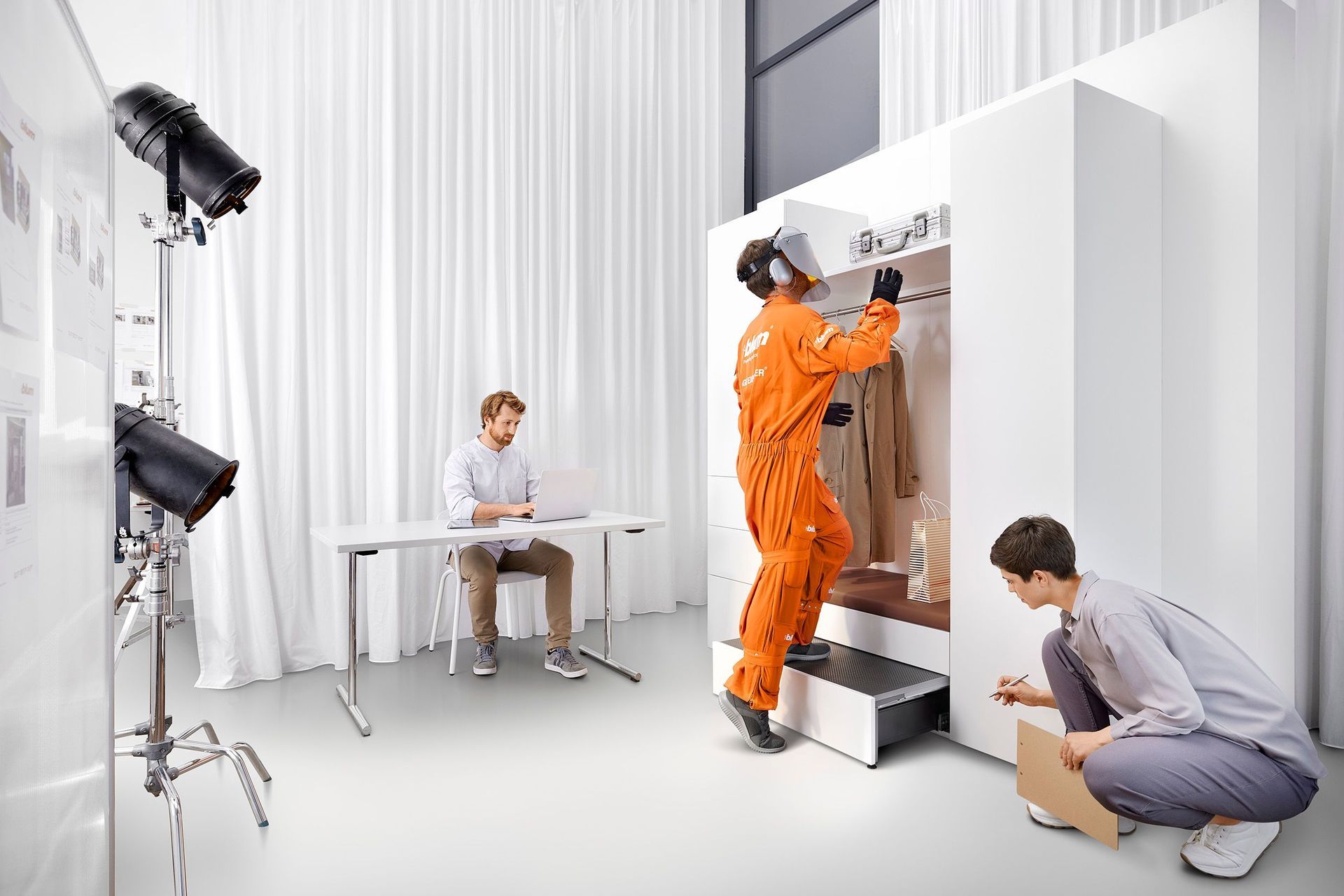Future-proofing a living space with ergonomic design for everybody

Houses are created for the people who use them and yet, history shows this hasn’t always been the case.
Take the standard height of a light switch. Historically, these have been placed where the plasterboards joined to make life easier for the plasterer and the electrician. There wasn’t much thought put into what works best for the typical user, let alone different age groups and those with a disability. For the record, the optimum height for a light switch that suits most people is between 900mm and 1200mm.
More recently a different approach has been taken. Universal Design was developed in the 1970s, based on research into what works best for most people most of the time.
User-based standards to make life better for users
In New Zealand, Universal Design has been promoted by Lifemark® since 2008. The Lifemark® system uses a set of voluntary user-based standards that will benefit 99.9% of people, rather than the current set of building standards that might not consider Universal Design.
Lifemark®’s General Manager, Geoff Penrose, says it’s important to consider every aspect. “Doorway widths are therefore developed to suit people who are larger in size, or who may be using a stroller or a wheelchair, bringing in the shopping or moving furniture,” he says.
And with an ageing population, Universal Design provides insights to cater for people whose sight, hearing, flexibility and muscle strength are no longer in their prime.

Older users are a key market
The global western population is ageing, and with age comes changes in strength, flexibility, mobility, sight, hearing and cognitive processing.
Lifemark®’s Geoff Penrose says that authorities around the world recognise this and are now requiring Universal Design standards as part of their construction and building codes.
“Australia is changing its construction code next year to include Universal Design standards. Singapore has promoted Universal Design since 2007 and updates its building code in this area every six years. In the UK, changes were first adopted in 1999, and they also have recently agreed to build to a standard that is relevant to ‘ageing in place and will support elder living.”

The Blum contribution: AgeExplorer®
Lifemark® accredited and long-standing partner Blum has been conducting long-term research to understand the needs of furniture users around the globe. Driven by the mission to improve the quality of living, Blum has been able to develop a range of universally designed products based on research insights around convenience and ergonomics.
One of the tools utilised throughout the Blum Requirements Research is the AgeExplorer® suit, developed by the Meyer-Hentschel Institute in Germany. The suit enables users to experience a loss of sight and hearing, stiff joints, and decreased muscle strength. Components such as straps, weights, goggles, and restrictive stitching provide a realistic insight into the world of an elderly person or person with physical limitations.
By utilising the AgeExplorer® suit in its studies, Blum consistently collects insights into the requirements of tomorrow.

Try AgeExplorer® free at Blum’s showrooms in Auckland and Christchurch
Blum Marketing Manager Kate Kapitonova says the company is keen to partner with designers who want to serve the needs of older customers, whose requirements will increasingly drive specifications.
“As well as working with companies such as Lifemark®, we make our own research facilities available to those involved in the design,” Kate says.
“We invite you to come in, try on the AgeExplorer® suit, and find out what it’s like to perform tasks with the sort of physical limitations that older homeowners commonly face. We will take you through a workshop that simulates the life of an older user. It’s like ageing 20 years in just a few minutes.”
Universal Design provides a framework for designers looking to create solutions that serve everybody. AgeExplorer® helps designers experience being in a different body and consider today what might be important tomorrow. The common goal is a design that works for everyone – for decades.
Get in touch with the Blum team and book your free AgeExplorer® session today.

